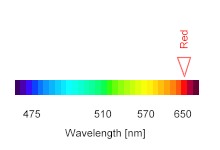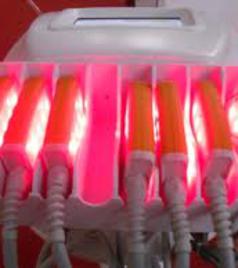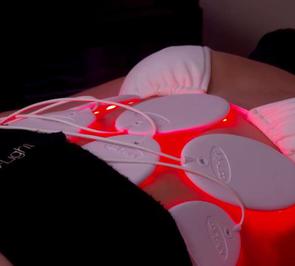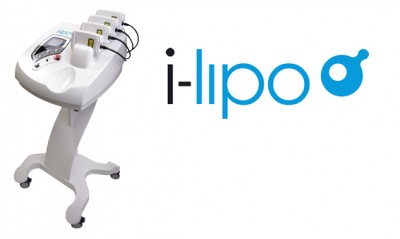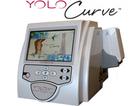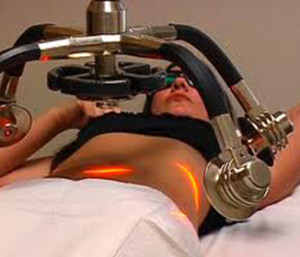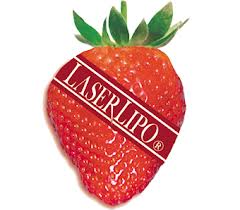The lasers in the lipo laser market right now is at 635nm to 980nm on the effectiveness spectrum. The 635nm models although often twice or triple the price of the higher spectrums, are not necessarily better but just more draining. Many people I have talked to get better results with the 650 and 660 nm models as they aren't prepared to detox fast enough that a 635nm model.
The earlier generations of lipo laser wavelengths had way above 635 and they just took longer and had to have higher wattage to get those results. More inhibiting than non-inhibiting like a 5 mw one which is the trend now in lipo lasers. Lower wattage but a lower wavelength. The trend use to be thermal and non thermal now but getting the diodes that have the shorter wavelength. Starting at 670 for the high end ones back in the day, then went down to 650 and that was the big thing then. Now the third generation of 635 nm models. 3 years from now, who knows, maybe the 635 models will be outdated.
The 670 does more of the inflammatory and I've been told that the higher the number on the wavelength, the less the cluster size the fat and the less fat dissolved. 635 models are much more expensive to make mainly because it is a specific modality.
The 635 models with higher wattage had more downtime. Since it is known that the wattage is not as important a the wavelength, the overheating problem is almost non existent on the newer generation of lipo lasers. I haven't heard of any doctors complaining of their laser overheating while in use with a patient on these models.
650 and 660 models are good but the higher you go up the more effectiveness lost in the separation of the fatty acids to tryglicerides. But for some, a slower rate of diffusion is almost mandatory.
Note: 635 to 640 is the best. The better the laser is at 635nm, the smaller the range of variance. Variance can go from - + 5%. The entire red spectrum goes from 620 to 675 nanometers. The latest lipo lasers are trending towardsthe lower end of the spectrum and very low wattages but with high fluence,meaning way more diodes to make up for the low wattage. When the wattage is to high, it can become inhibiting rather than non-inhibiting) see my page on this. The less joules per minute coming out of single diodes but over multi diodes. You can have a 100mw diode or 20 seperate 5mw diodes. Each case will all emit the same joules.
Note: The output frequency range can be between 1HZ to up to 1000Hz. This goes hand in hand with wavelength types. The lower the frequency, the more it is promoted for lymphatic drainage.. On the fancy machines, they can go d own to 1 hertz and all the way up to 1000 hertz. At a level 6 on the high end one is like level 10 on a mid grade one and level 3 or 4 on a cheap one.
To compare Lipo Lasers to Lipo LEDs, read here.
How to choose between LED Lipos and LASER Lipos
LipoLasersReviewed.com
...because every company claims they have the best Lipo Laser
Ask for Sharon
1-877-828-7886
Ask for Jake
1-877-828-7886
i-Lipo - Photo Biotech - CONTOUR LIGHT - TRIFECTA LIGHT - YOLO - Zerona - LIPO-LIGHT- SMART LIPO LIPOMELT - VEVAZZ - Strawberry
